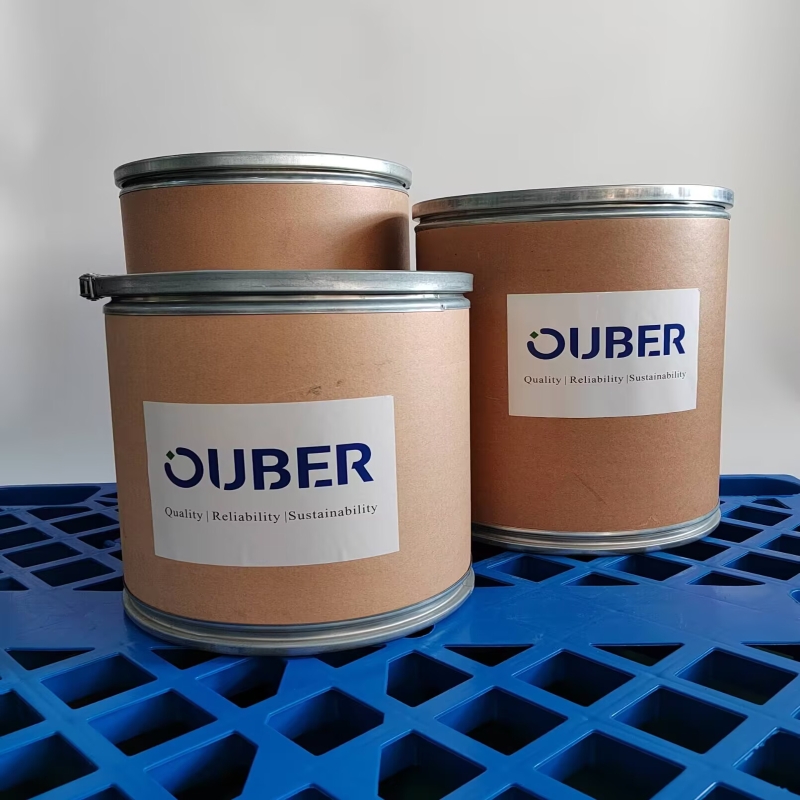How does nanoantibodies from alpaca transform COVID-19 therapy?
-
Last Update: 2020-07-11
-
Source: Internet
-
Author: User
Search more information of high quality chemicals, good prices and reliable suppliers, visit
www.echemi.com
, June 25, 2020 /PRNewswire-/Bioon// Rocky and Marley are used to having scientistsThe two large alpacas, who live on pastures in rural Massachusetts, have been involved in research for years to harness their magical immune systemsToday, however, the noble animal is facing unprecedented international attention: scientists hope that special antibodies made by the Alpaca can be used directly against SARS-CoV-2 and help us out of the epidemichumans can also produce antibodies against SARS-CoV-2, and many research groups are working on treatments based on these antibodiesHowever, the design of the llamas antibodies is much simpler than that of human antibodies"For reasons we don't quite understand, these animals have produced this antibody variant with wonderful properties," said Michael PRout, a structural biologist at Rockefeller University"It contains the active ingredient seisphons of human antibodies that identify diseases and are packed in concentrated warheads."picture source: This "warhead" is only one-tenth the size of a normal antibody and can be cloned to form a microantibody callednano-
antibodynano
antibodies are easy to mass-producand and are an attractive source for developing treatments to increase people's immunity to specific pathogens"We need to provide millions of people with doses of treatment anddiagnostictests," said biochemist Brian TChait"
nano-
antibodies could be another weapon for us against COVID-19, and it could be widely used."to achieve this goal, Rout, Chait and their colleagues are extracting antibodies from large alpacas and examining their molecular properties to determine which ones are most effective against the virusAs with all coronavirus studies, the project is still in its infancy, but if successful, scientists could push these powerful antibodies into treatment anddiagnostictestsTheir study is one of nearly 20 new coronary pneumonia projects launched by Rockefeller researchers since early March to better understand the SARS-CoV-2 virus and accelerate the development of new treatmentsNatural Warfare
In most mammals, including humans, a typical antibody isfrom twoproteomes arranged in the form of complex four protein sub-cellsAntibodies produced by other species of alpaca, camels and camels are made up of only one protein and, although simple, have been shown to be very effectiveresearchers hope that the llamas nano-antibodies have some unique advantages over human antibodies in the fight against SARS-CoV-2Their small size allows them to better approach the dense sting proteins that cover the surface of the coronavirus, which allows them to enter the host cells Although small, they are also more stable and have the potential to atomize inhalation, just as asthma drugs rather than injections This means that therapeutic antibodies will be taken directly to the site of replication of our lungs and respiratory tract viruses in addition, it is possible to combine multiple nanoantibodies into a supermolecule that can attack multiple sites at the same time, each targeting different parts of the virus "Because they are so small, we can think of them as small moleculelegos, testing a combination that viruses can't twist out." Capralogics is an organization that provides antibody production services for research and diagnostic development, caring for Rocky and Marley There, the team's collaborators injected the large alpaca with coronavirus proteins, like a vaccine Large alpacas don't get sick, but their immune systems start producing antibodies against the virus Antibodies themselves are highly diverse molecules, and each individual produces a wide variety of antibodies, only a small fraction of which is effective against pathogens "The camel immune system is great - they have very good quality control ability to produce stable and effective antibodies," Chait said So we asked Master Rocky and Marley to help us solve the problem After several intensive injections, blood samples were taken and sent to the researchers That's the end of the role of the Alpaca Then they ran and went straight to their paddock "
picture source: To analyze the samples, Rout and Chait used their previously developed method of high-efficiency nano-antibody identification and production pipelines: isolating antibody-producing cells and sequencing their DNA At the same time, the researchers examined the binding properties of the antibodies and used mass spectrometry to determine which characteristics were correct They then used a custom software called "Llama Magic" to , search the DNA sequences of the selected antibodies, and prepare them for mass production in the bacterial -- a step that would allow further laboratory tests to double-check the antibodies as candidates for drug development Since camel antibodies were discovered in the 1990s, several research groups have studied them to develop treatments for a range of diseases, from influenza to cancer Last year, the first of its kind, caplacizumab, was approved to treat a clotting disorder Now, many camel researchers around the world have shifted their focus to COVID-19, using slightly different methods to increase the chances of finding antibodies that can be successfully used in humans "Given the severity of the current crisis, we just need as many people as possible to try as many things as possible," Rout said references: 'Llama Magic': What bodies from llamas may lead to COVID-19 treatment Coronavirus: we're using llamas to help the
-belgian llama shos key to the A robust pipeline for rapid production of the nanobody repertoires , Nature Methods (2014) DOI: 10.1038/nmeth.3170
This article is an English version of an article which is originally in the Chinese language on echemi.com and is provided for information purposes only.
This website makes no representation or warranty of any kind, either expressed or implied, as to the accuracy, completeness ownership or reliability of
the article or any translations thereof. If you have any concerns or complaints relating to the article, please send an email, providing a detailed
description of the concern or complaint, to
service@echemi.com. A staff member will contact you within 5 working days. Once verified, infringing content
will be removed immediately.







